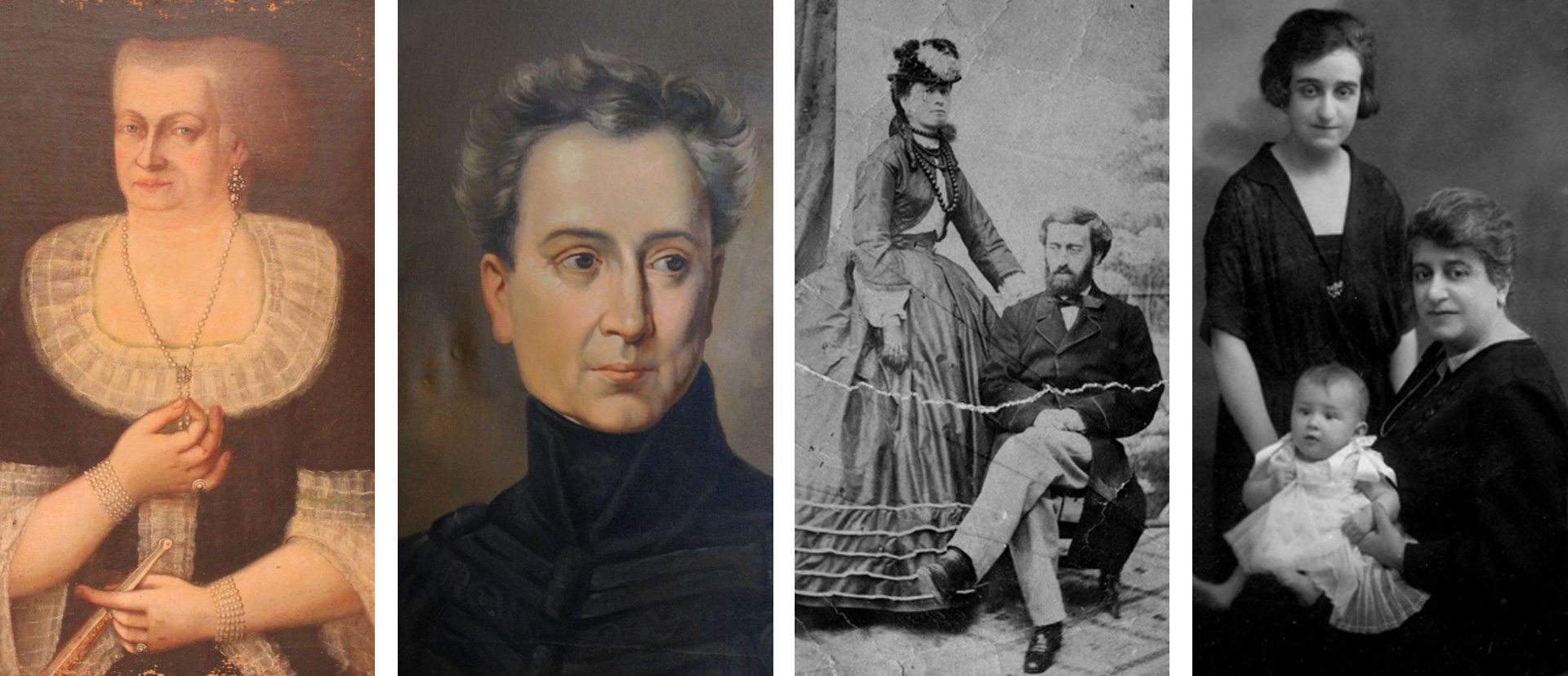
THE CAPODISTRIAS FAMILY
The family of Vittori-Capodistria is one of the oldest families in Corfu and was already a member of the city’s Great Council in 1477. It is recorded that, in 1698, the King of Savoy conferred the title of count on Viaros Capodistrias, son of Victor, and his heirs. The title was later recognised by Venice and the Septinsular Republic.
It is said that they came to Corfu at the end of the 14th century from Capo d’Istria, in modern Slovenia. Although the original family name was Vittori, the name that designated their origins soon prevailed: Capodistria.
In the long period of Venetian occupation, during which Corfu developed many characteristics common to other western European cities, the Capodistrias family had a significant presence in the politics, economy and social affairs of the island, as well as military service.
Ioannis’ father, Antonios-Maria Capodistrias (1741-1821), a reputable lawyer, took an active part in the political life of the area. As representative of the island to the Sublime Porte, he participated in the negotiations for the founding of the Septinsular Republic. Besides Ioannis, two of his other children were involved in politics: Viaros and Augustinos, who were part of the administration of the Septinsular Republic, and later, at Ioannis’ invitation, they took on important posts in the administration of the state. In fact, Augustinos was part of a tripartite committee that took over the government of the state following the murder of Ioannis Capodistrias.
A distinguished member of the family in the 20th century was Maria Capoidistria-Desylla (1898-1980). As an active member of society, she was elected Mayor of Corfu (1956-1959), the first woman to be elected mayor in Greece. In act of great generosity at the end of her life, she donated the Capodistras’ country house at Koukouritsa, together with the family heirlooms, evidence of the long family history, for the creation of the Capodistrias Museum. Descendants of the Capodistrias family can still be found today.

